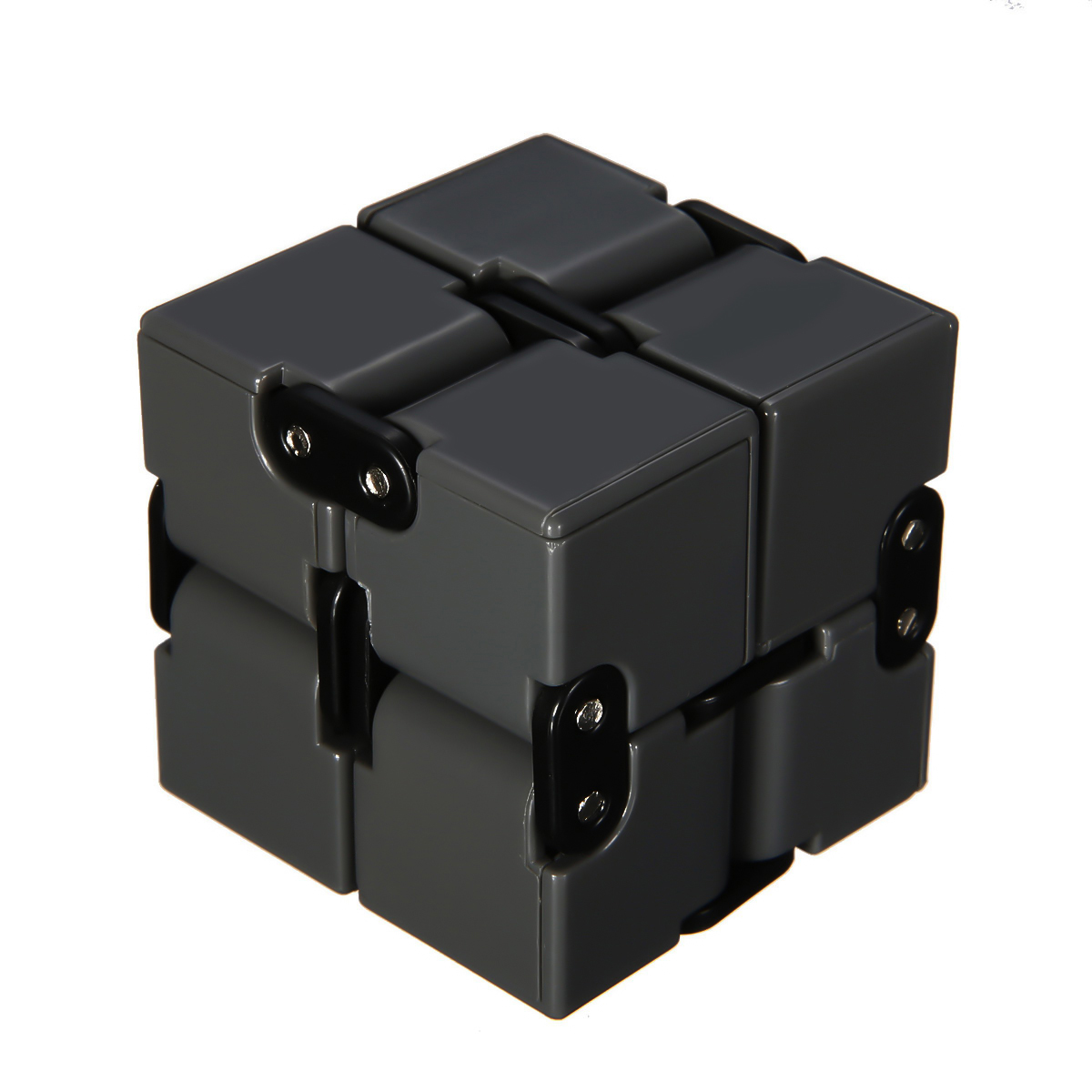
In other words, where the opening can be taken as typically science fictional, we now start moving into something more concerned with the contemporary.

But more than that, we learn that this is not the typically solipsistic view of pulp sf’s archetypal competent man, ‘us’ immediately places Eddie in a community, and, moreover, a community that isn’t entirely comfortable with the onset of the future. There is still a tendency to list objects in threes (the woods, hill and brook lining up with Lenny’s build, hands and shoulders, or Janet’s hair, freckles and thinness), but this is immediately followed by a moment of hesitation (‘If any of us prayed’, which also tells us we are dealing with modern, rational people) which offsets the hard certainties the tone of voice had hitherto led us to expect. This has all the pulp efficiency of the earlier passages, but the voice has become less brusque. If any of us prayed at all, it was only that the county engineers wouldn’t discover the existence of Sweet Brier Lane and come in with their bulldozers and road-building equipment and turn us into a real development. We follow Eddie and Janet home, a place which screams money:įive one-acre lots, with woods all around, and a hill behind us, and a brook. But then the story takes an abrupt turn, in setting, subject and tone. At the hospital, Eddie is briskly and efficiently able to calm the fears of both Mike and his parents, so the experiment continues.Īnd so, after the first three or four pages, it seems that this is the story we have got: a story that will be built around some medical device created by Eddie and Lenny and told in this no-nonsense, not-overly-subtle style not much advanced on the genre’s standard pulp model. But Mike, the boy, is unhappy so Eddie is summoned to the hospital by Janet, Mike’s physical therapist who is also Eddie’s wife: ‘Janet, suntanned, with red, sun-streaked hair, freckles, and lean to the point of thinness, was my idea of a beautiful woman’ (2).

Their latest invention is a suit that acts as a body cast while keeping the muscles stimulated and allowing growth in the eight-year-old boy who is currently the unwilling guinea pig for the suit. Edward Laslow, Eddie, our narrator, is a partner in a two-man electronics business with Lenny, ‘one of the best electronics men in the world’. (1)Īnd alongside the broad-brush characterization is some equally broad-brush scene setting. Probably he was one of the best electronics men in the world. He looked like a dope, thick build, the biggest pair of hands you’d ever see outside a football field, shoulders that didn’t need padding to look padded. The first two or three pages are crowded with the sort of capsule character descriptions that come straight out of the pulps: To be honest, it didn’t start too promisingly. After more than 30 years there was no way that I was going to read the same story I had first encountered in 1977, but would my memories be completely trashed? And yet, there is something sad and painful if a treasured work is suddenly revealed to be insubstantial when you turn to it again. If a story seems exactly the same every time you revisit it, it is not a sign of the richness of the story but of its poverty. Tastes and interests change: you can never read the same story twice, not because the story has changed but because you have. Of course, having put the story on the list without hesitation, I had to take Wilhelm’s collection off my shelves and remind myself why this story has such an impact upon me. This was ‘The Infinity Box’ by Kate Wilhelm. It was a story I hadn’t revisited in some 30 years, but its place in my personal pantheon of science fiction was guaranteed.

But there was only one piece that I knew was going to be on the list from the very moment I received the invitation, because it was the story which convinced me that the novella is the ideal length for a science fiction story, long enough to establish character and tone of voice, not so long that readers are going to get lost in a welter of over the top invention.

I picked and discarded any number of great novellas, eventually choosing pieces because they were inescapably important in the history of sf, because I had read them several times or recently re-read them, because they were works whose quality was beyond question. I love Kate Wilhelm’s work, but this story has always been very special for me.Ī while ago I was asked to contribute to a list of favourite novellas (if you really want to know, you can find my initial 10 choices here and 10 further choices here). This one appeared in Vector 266 (Spring 2011) and concerns one of my favourite novellas by one of the best writers. Today I offer the first of the ‘Kincaid in Short’ columns I have been writing for Vector.


 0 kommentar(er)
0 kommentar(er)
